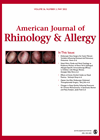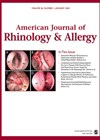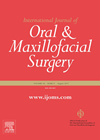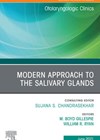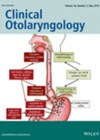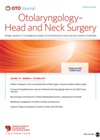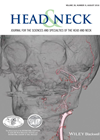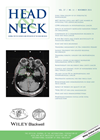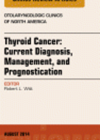
Journal Reviews
Should we be utilising the pre-lacrimal approach for maxillary sinus inverted papilloma?
For some time now, gold standard management of the maxillary sinus inverted papilloma has been endoscopic medial maxillectomy (EMM). Recently the endoscopic prelacrimal recess approach (EPLRA) has been reported to provide good access whilst preserving the nasolacrimal duct and inferior...
Age is not an issue in sinus surgery
We have an increasingly aged population, and hence older and older patients are presenting with sinonasal issues and the potential need for endoscopic sinus surgery (ESS). The authors sought to identify if older patients (age >70) have more complications post...
Speech predictors after glossectomy
This is a cross-sectional study from India where 69 patients were assessed for speech intelligibility and phonetics using an assessment tool in the local language. Volume defects were classified into thirds and the location of this defect noted. Not unsurprisingly,...
Sublingual gland tumour resection
This paper from South Korea analyses the pathology arising from 20 malignant sublingual gland tumours. Adenoid cystic carcinoma followed by mucoepidermoid carcinomas were the most common. Tumour invasion into the lingual nerve was detected in 40% of cases, and into...
Clinical pathological features associated with malignant change in oral leukoplakias
This is a retrospective study from Sweden where 234 patients, diagnosed between 2003 and 2013 with a median nine-year follow-up, were reviewed. Of these 234 patients, 11.5% developed oral squamous cell carcinoma. Non-homogenous leukoplakia showed a 15-times higher transformation rate...
Is there a limitation for excising parapharyngeal tumours transorally?
The parapharyngeal space is a complex anatomical space bounded medially by the oropharynx and laterally by the mandible. It is conceptualised as an inverted pyramid extending from base of skull above to the hyoid bone below. The space is divided...
Are elective neck dissections needed during salvage laryngectomy?
There has recently been a move away from elective neck dissections in the setting of salvage laryngectomy. This has mainly resulted from an appreciation of the increase in morbidity, in particular pharyngocutaneous fistula formation, and an improvement in cross-sectional imaging...
Neck dissection in adenoid cystic carcinoma is a risk worth taking?
This paper from Stanford University presents impressive figures to guide the debate on the extent of surgical management in adenoid cystic disease. Adenoid cystic carcinomas present a particular problem in that they can recur even after 20 years. They have...
Contemporary UK experience of oropharyngeal transoral laser microsurgery
It is well recognised that the current emergence of HPV-positive oropharyngeal squamous cell carcinoma (OPSCC) as a distinct disease entity requires a fresh look at standard treatment modalities that are based on chemoradiotherapy for stage III/IVa OPSCC. The Newcastle experience...
Risk factors for pharyngocutaneous fistula after laryngectomy
Pharyngocutaneous or salivary fistula is a feared complication following laryngectomy, causing significant morbidity, prolonged hospital inpatient stay / cost and mortality. Previous radiotherapy / chemoradiotherapy is a well recognised risk factor and leads many surgeons to recommend onlay pectoralis major...
Thyroid nodule update
This excellent article summarises the current diagnostic difficulties with an endocrine gland that frequently produces nodules, some of which may harbour malignancy. At 50 years of age and over there is about a 50% chance of having a nodule; at...

